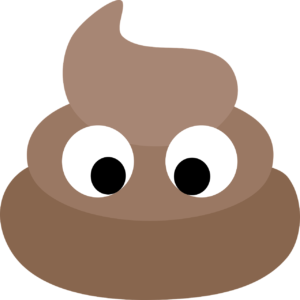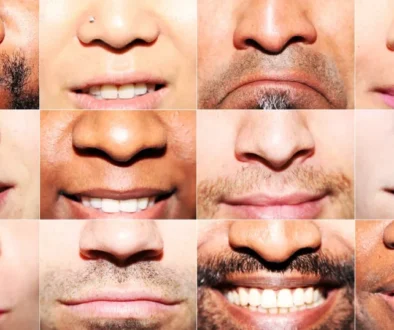What’s New In Our Poo?
By Aparna Mele, MD

We are what we eat. And we are plastic! That’s right, plastic! A recent study found that globally, people are consuming traces of environmental plastic contaminants which include polypropylene, polyethylene terephthalate, and other synthetic substances. Although their effect on human health is still unclear, some evidence suggests that these microplastics, less that 5mm in size, can disrupt normal gastrointestinal function. Researchers at the Medical University of Vienna and Environment Agency Austria evaluated stool samples from 8 individuals representing 8 different countries that included Austria, Italy, Finland, Japan, the Netherlands, Poland, Russia, and the UK. These study participants were asked to keep food diaries to track their intake and all of them frequently ate foods wrapped in plastic. None were vegetarian and 6 out of the 8 consumes fish regularly. Using a Fourier-transform infrared microspectrometer, researchers found traces of nine types of plastic in all the stool samples. It is well known that fish, mollusks, and other oceanic foods, including sea salt, contain microplastics. Albeit a small study with a small sample size making it far from conclusive, this is the first study of its kind to show that these plastics actually reach the human gut. In birds, the ingestion of plastic has been previously found to remodel the tiny fingerlike projections inside the lining of the small intestine, disrupt iron absorption, and add to stress on the liver. While in animal studies, the highest plastic concentrations were found in the gut, these small microplastic particles are potentially capable of entering the blood stream and spreading to other organs. Further studies are clearly needed to understand the impact this has on human health.
In 2016, world plastics production totaled around 335 million metric tons. Roughly half of annual plastic production is destined for a single-use plastic product. Single-use-plastics frequently do not make it to a landfill or are recycled. A full 32% of the 78 million tons of plastic packaging produced annually is left to flow into our oceans; the equivalent of pouring one garbage truck of plastic into the ocean every minute. This is expected to increase to two per minute by 2030 and four per minute by 2050. By 2050, this could mean there will be more plastic than fish in the world’s oceans. The authors of this study stress the need to reduce plastic use, increase recycling and improve disposal where appropriate. Studies like this force us to question our liberal use of non-degradable plastics worldwide. Choosing to buy products with less packaging or no packaging altogether makes a big difference towards keep our oceans and food chain clean of plastic contaminants.
Reference:
Schwabl, P. et al (2018), Assessment of microplastic concentrations in human stool – Preliminary results of a prospective study, Presented at UEG Week 2018 Vienna, October 24, 2018.



